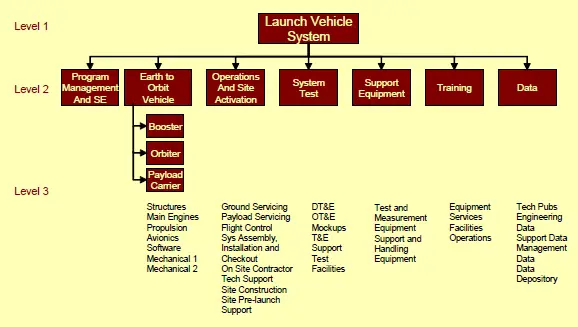The physical architecture is the physical layout of a system and its components in a schema. It refers to some representation of the structure or organization of the physical elements of the system. The physical architecture should be part of the Allocated and Product Baselines.
Definition: A physical architecture is an arrangement of physical elements (system elements and physical interfaces) which provides the design solution for a product, service, or enterprise, and is intended to satisfy logical architecture elements and system requirements. It is implementable through technologies. (ISO/IEC 2010)

Physical Architecture Development
The development of the physical architecture consists of one or more logical models or views of the physical solution. The logical models or views may consist of conceptual design drawings, schematics, and block diagrams that define the system’s form and the arrangement of the system components and associated interfaces. The development of a physical architecture is an iterative and recursive process and will evolve together with the requirements and functional architecture.
Development of the physical architecture is complete when the system has been decomposed down to the lowest system element or configuration item level, and it is critical that this process identifies the design drivers as early as possible. Therefore, it is imperative that the driving requirements be identified and the combined processes—Stakeholder Requirements Definition, Requirements Analysis, and Architecture Design—will provide key insights to risk early in the development life cycle, allowing for mitigating strategies. [1]
Physical Architecture Key Activities
Key activities performed when developing a physical architecture and design include:
- Analysis and synthesis of the physical architecture and the appropriate allocation,
- Analysis of the constraint requirements,
- Identify and define physical interfaces and components, and
- Identify and define critical attributes of the physical components, including design budgets (e.g., weight, reliability) and open system principles.
AcqLinks and References:
Updated: 7/13/2021
Rank: G1.3
